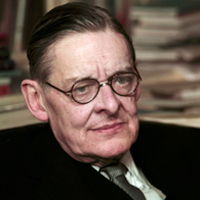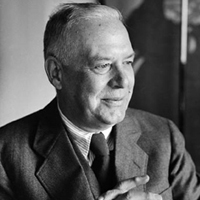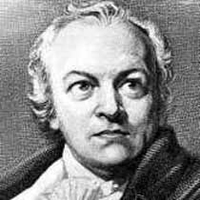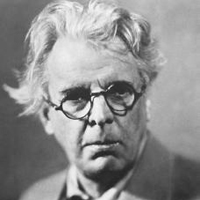Rhapsody on a Windy Night by T. S. Eliot: Summary and Critical Analysis
The poem Rhapsody on a Windy Night presents the setting of a moonlight windy night, and the time is twelve o'clock. The street is deserted. The young man, the speaker, walks down a street in which the street lamps eventually dominate his walk so much so as to act as triggers to series of fanciful and disorganized imaginings. The young man is returning to his lodge.



